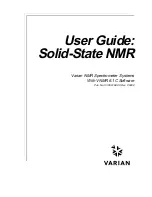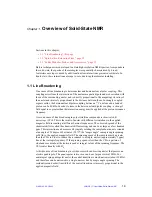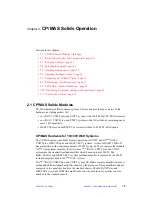Reviews:
No comments
Related manuals for Solid-State NMR

Mentor Visual iQ
Brand: GE Pages: 2

DigitalFlow XMT868i
Brand: Panametrics Pages: 74

GI 275
Brand: Garmin Pages: 120

Electone 405
Brand: Yamaha Pages: 84

FS300
Brand: R&S Pages: 248

GL3000PM
Brand: LaserLine Pages: 11

HI 93723
Brand: Hanna Instruments Pages: 2

American AL-1000
Brand: Badger Meter Pages: 16

D320LITE
Brand: Barco Pages: 33

Roast Alert/3 ET-8C
Brand: Redi-Chek Pages: 3

AquaShock 850046K
Brand: Sper scientific Pages: 28

SFA
Brand: Bamo Pages: 2

Druck DryTC 165
Brand: Baker Hughes Pages: 130

INFO-1
Brand: Vega Pages: 24

3110XL
Brand: Teledyne Analytical Instruments Pages: 44

DP-F30 Series
Brand: Omega Engineering Pages: 42

LLT-3605
Brand: Ozito Pages: 8

TFI-40
Brand: OrienTek Pages: 2

















